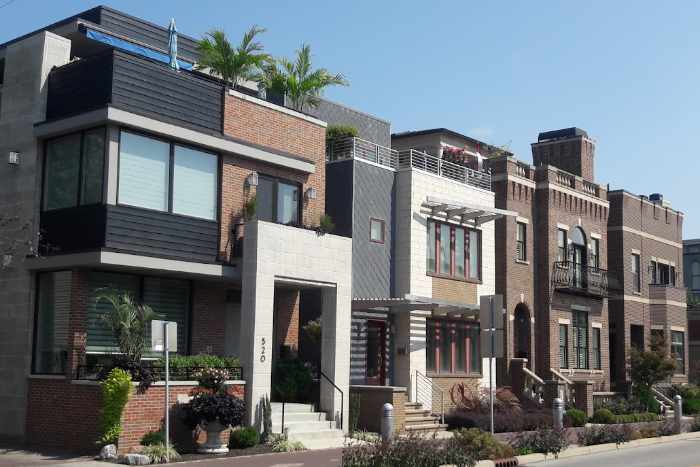Before renting an apartment, the first step is to determine your price range. You need to feel comfortable with your monthly payment. However, choosing the optimal location when renting apartments will cost more. So you have to be careful! In this piece, we’ll help you with four great tips to give you the knowledge you need to find the best apartment for you.

How to Choose the Right Location When Renting Apartments
This will ensure you have a viable selection within your budget and keep your expenses in check. Every city has its own living cost. You can use various online and offline resources to find out information for free. In addition to determining the rent range, you should also identify the types of buildings and units you want. It is important to understand the pros and cons of each type to find the best one.
Check for Health and Safety Issues
It is very important to check for health and safety issues when going toward an apartment for rent. Landlords have a legal responsibility to maintain their rental properties to make sure they are safe. Environmental health hazards can include exposure to lead and asbestos, as well as mold and bedbugs. While landlords aren’t legally required to perform major renovations before renting an apartment, they should still make reasonable repairs to improve the safety of the rental property. There are a few things you can do to protect yourself, too.
First, check the structure of the rental property. Check for leaky roofs, broken stairs and decks, and holes in the floor. Also, check for garbage collection issues. If you find that there is a lot of garbage on the property, you can report it to the health department. Another thing you should check for is exposed wires. These can cause serious harm or death. The landlord should fix any major health and safety issues immediately.
Check for Amenities
While selecting an apartment, you should check for amenities. Amenities can be categorized into three different categories: unit amenities, community amenities, and everyday use amenities. These are things that go beyond basic apartment features and should be considered your first priority when choosing a new place to live. Some common amenities include a dishwasher, which frees up valuable counter space and eliminates the need for a drying rack. Other amenities include indoor and outdoor washing stations, free parking, and a 24-hour emergency call center.
Building amenities: Some apartments may offer building-side amenities such as an elevator. You may want a building with gated access or a pet-friendly policy. In-unit washers and dryers are also desirable. In-unit laundry is another convenience many renters look for. Some buildings even offer on-site composting and recycling centers. These amenities make your life easier. For example, if you plan on washing your clothes in a communal machine, an in-unit washer and dryer may be important to you.
Check for Rent Prices
When searching for an apartment to rent, it’s important to consider the rent prices of surrounding units. While the national average rent is $1,231 per month, prices can vary greatly across the country. While rule-of-thumb calculations can help, actual rent prices can be a good litmus test. Here are some tips on how to set a fair rental price. First, check the location of the building.
Second, check the neighborhood where the apartment is located. Rent prices can vary widely between cities and states. Rental properties in popular metropolitan areas like Los Angeles and San Francisco will likely command high rent prices, while smaller towns will generally be less expensive. When determining the price of your apartment, make sure to consider the market comps of the nearby properties and adjust your price accordingly. It’s important to remember that you can’t go by the first price you see, so make sure to compare three similar rentals in the area before making a final decision.
Walkthrough the Neighborhood Before Renting
Whether you’re buying a house or renting an apartment, location is a huge factor in both situations. Whether the neighborhood is quiet or noisy, you should consider your lifestyle when making a decision. Before you sign a lease, step through the neighborhood several times. Take notes about noise levels, activity levels, parking availability, and other important details. You should also measure the distance from frequented places such as supermarkets, parks, and malls. Then, check the distance to restaurants and other amenities.
Finding the best location when renting apartments will often mean trading one benefit for another. But if you walk through the neighborhood first, not only will you discover the neighborhood’s character, but you will also find out what amenities are available to you.



